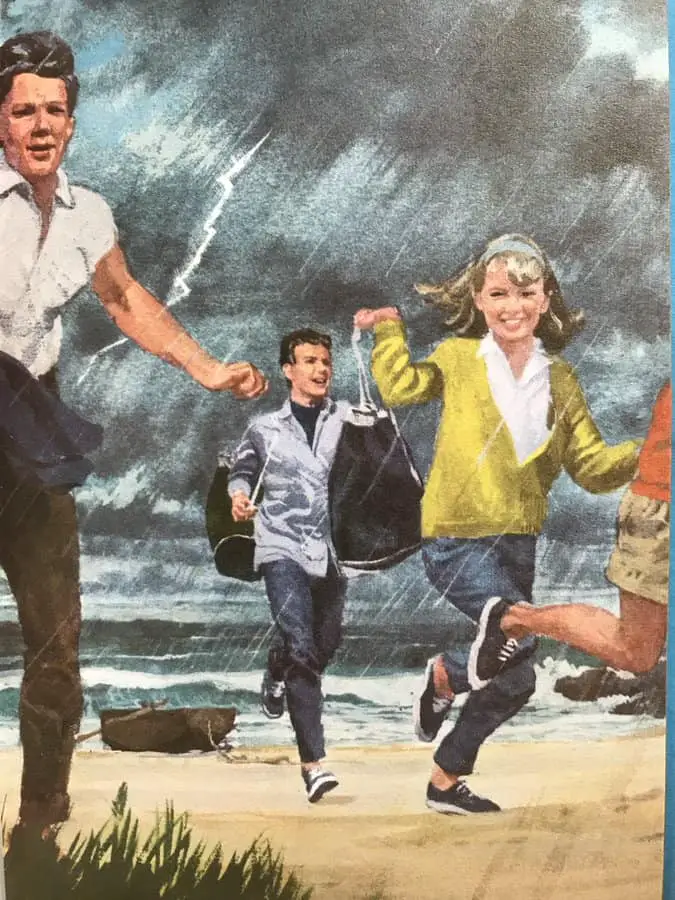All Summer in a Day is a short story by American writer Ray Bradbury, first published in 1954. Find it in Ray Bradbury Stories Vol. 1. It’s interesting to see how science fiction evolves alongside our increased understanding of other planets. “All Summer In A Day” is a story of its time, written in an era when people believed Venus probably looked like a jungle.
SETTING OF ALL SUMMER IN A DAY
PERIOD — This story takes place at a completely different time from our present. It takes place sometime in the future, when humans have the technology to colonise Venus. If this story were written today, it’d make more sense to set it in the distant past. There’s a theory that life originated on Venus and then somehow seeded here on Earth. But these humans have on-the-page migrated from America to Venus; one of the families is thinking of going back.
Although this story is set in the distant future, it’s really a 1950s story. The children play like 1950s children (not with devices, say, or technology of the future which we can’t even imagine today). The social dynamics on the playground also feel (blessedly) more 1950s than 2020s.
DURATION — A little over two hours. (One day on Venus is 5,832 hours. Not sure if the colonisers have kept Earth time even on Venus, but we can assume they have.)
LOCATION — This one’s set on Venus. Before we thought of inhabiting Mars, we were obsessed instead with Venus, and this is reflected in science fiction from the mid 20th century:
She had come here only five years ago from Earth, and she remembered the sun and the way the sun was and the sky was when she was four in Ohio. And they, they had been on Venus all their lives,
Why did we initially think more about Venus?
Before radio observations in the 1960s, many believed that Venus contained a lush, Earth-like environment. This was due to the planet’s size and orbital radius, which suggested a fairly Earth-like situation as well as to the thick layer of clouds which prevented the surface from being seen. Among the speculations on Venus were that it had a jungle-like environment or that it had oceans of either petroleum or carbonated water. However, microwave observations by C. Mayer et al., indicated a high-temperature source (600 K). Strangely, millimetre-band observations made by A. D. Kuzmin indicated much lower temperatures. Two competing theories explained the unusual radio spectrum, one suggesting the high temperatures originated in the ionosphere, and another suggesting a hot planetary surface.
Wikipedia, Explorations and Observations of Venus
Venus and Earth are practically twins. They’re alike in size, density, gravity, and physical makeup. They are both in our star’s habitable zone. Scientists have discovered no other adjacent planets in the entire galaxy that share such similarities. And yet somewhere along the way, Earth became a cosmic paradise for life as we know it, and Venus became a blistering hellscape. Beneath its sienna clouds of sulfuric acid is the greenhouse effect gone apocalyptic. At 850 degrees Fahrenheit, its surface is hotter than Mercury, though the planet itself is much farther from the Sun. A block of lead would melt on the surface of Venus the way a block of ice melts on Earth.
Why Is NASA Neglecting Venus? from The Atlantic
We now know that Venus is super hot, a “merciless thermal environment”. We know this for sure because probes were landed there in the 1970s. It’s unfathomable that rain would fall constantly on Venus, allowing humans to live there. However, Venus was an ocean world for much of its history.
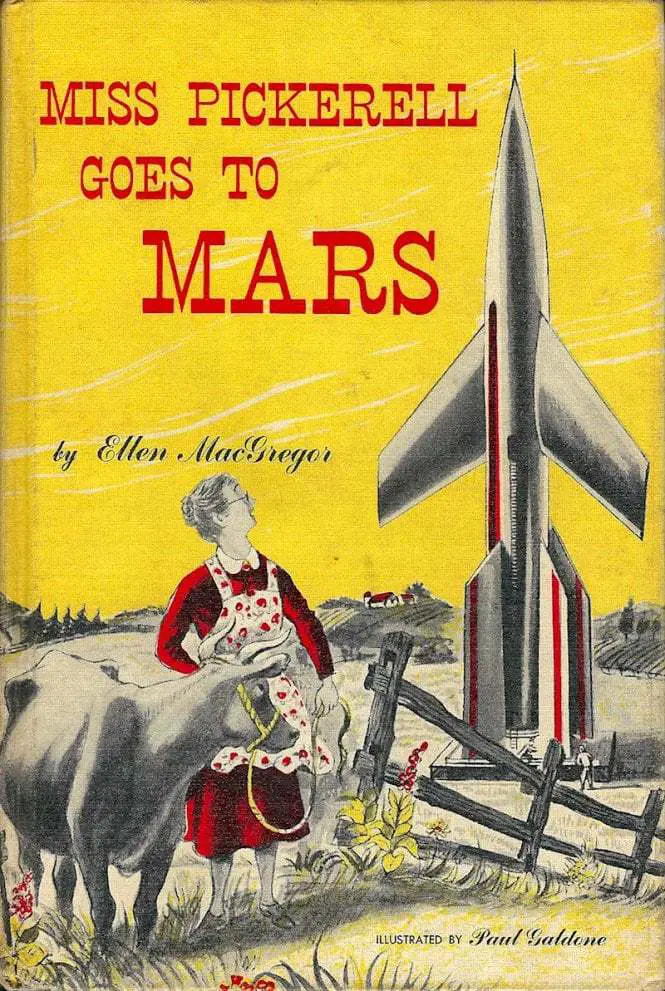
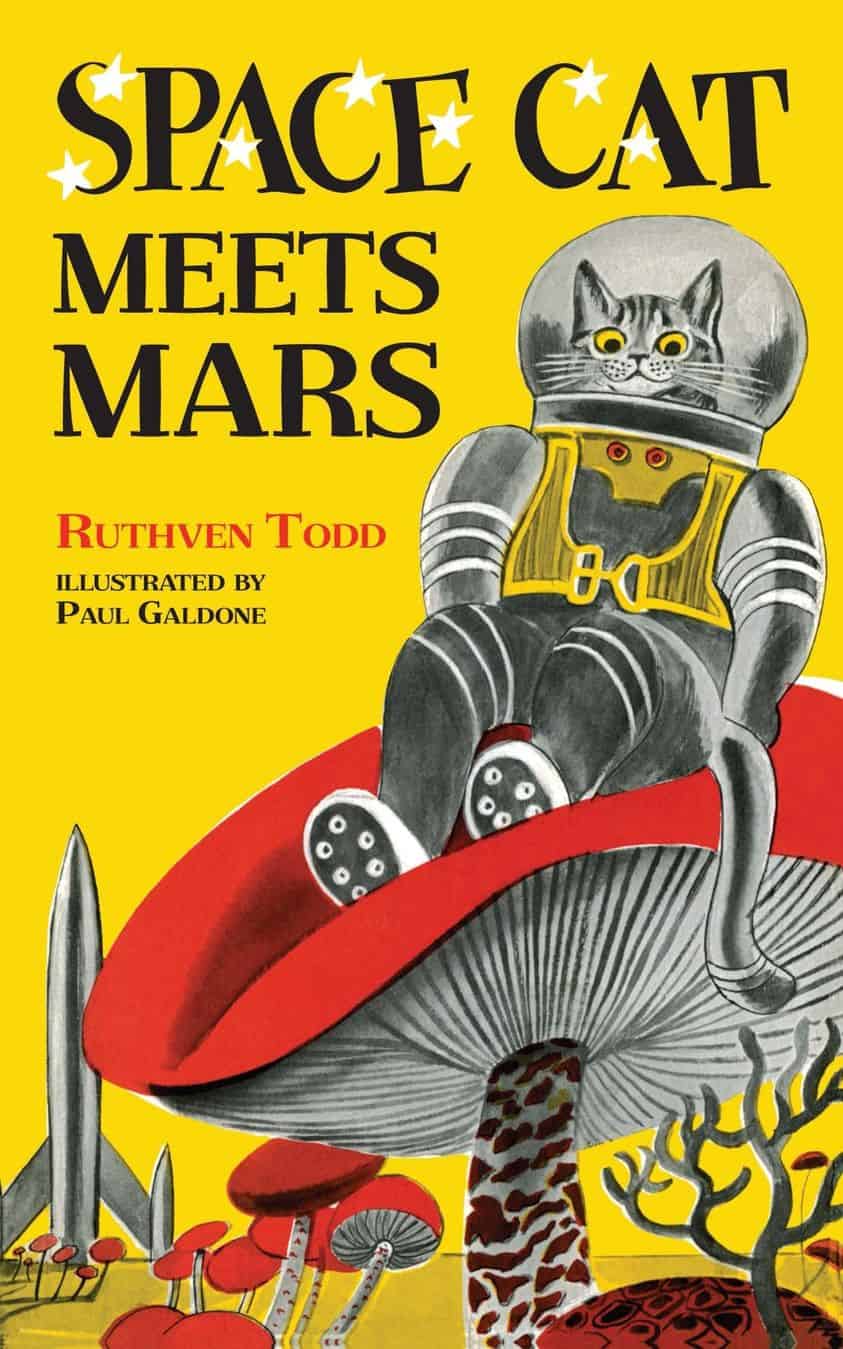
ARENA — Humans live underground and have set up a society similar to 1950s America. (These are Americans.) Writers can utilise ‘underground’ for many different symbolic purposes. It can be a place of refuge but it can also be hell. In this story, for Margot at least, this is hell. We could make the argument that this is hell for the other children, too.
MANMADE SPACES — The city made of tunnels is reminiscent of a sewerage network in any major city here on Earth.
she would play no games with them in the echoing tunnels of the underground city.
NATURAL SETTINGS — Jungle.
They stopped running and stood in the great jungle that covered Venus, that grew and never stopped growing, tumultuously, even as you watched it. It was a nest of octopi, clustering up great arms of fleshlike weed, wavering, flowering in this brief spring. It was the color of rubber and ash, this jungle, from the many years without sun. It was the color of stones and white cheeses and ink, and it was the color of the moon.
WEATHER — Rain. The community must have done something high-tech with piping to avoid getting flooded.
It had been raining for seven years; thousands upon thousands of days compounded and filled from one end to the other with rain, with the drum and gush of water, with the sweet crystal fall of showers and the concussion of storms so heavy they were tidal waves come over the islands. A thousand forests had been crushed under the rain and grown up a thousand times to be crushed again. And this was the way life was forever on the planet Venus, and this was the schoolroom of the children of the rocket men and women who had come to a raining world to set up civilization and live out their lives.
TECHNOLOGY CRUCIAL TO THIS PARTICULAR STORY — This is a human colony on Venus. Humans live underground. They’ve come here by spaceship.
LEVEL OF CONFLICT — Although this story is set on Venus, it could easily be set on Earth, in any school. It’s a bullying story. The stakes are high — if any child misses out on two hours of sunshine, they won’t see it again until they are young adults.
THE EMOTIONAL LANDSCAPE — The children who thoughtlessly lock one classmate in a cupboard aren’t thinking too hard about the consequences of their actions. This is childlike thoughtlessness which succeeds a moment of fleeting malice.
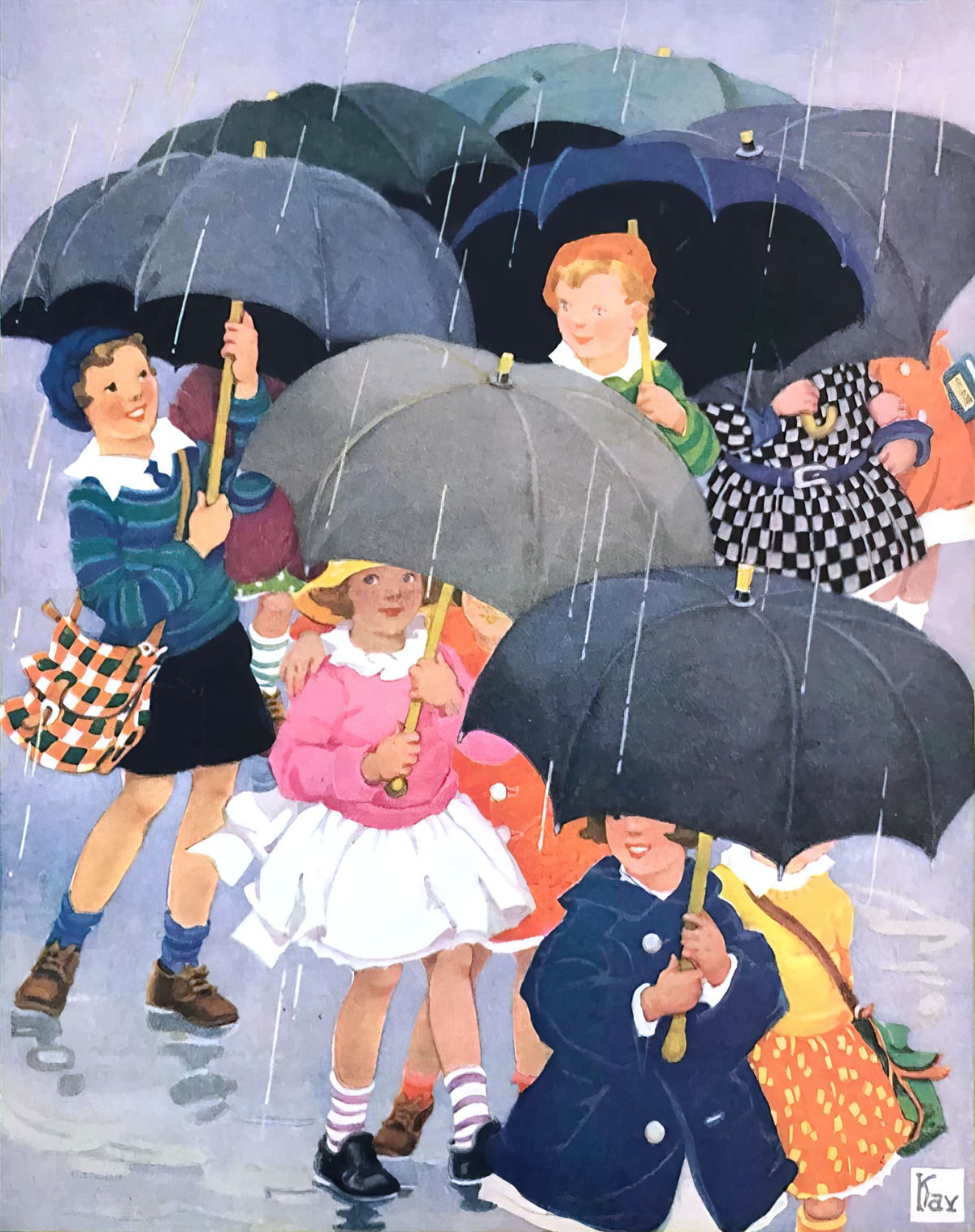
STORY STRUCTURE OF ALL SUMMER IN A DAY
SHORTCOMING
Stephen King used this character dynamic in his novel Carrie: An odd, witchy girl who others pick on for her different. In this story the girl is called Margot. The children are younger than in Carrie.
Margot stood alone. She was a very frail girl who looked as if she had been lost in the rain for years and the rain had washed out the blue from her eyes and the red from her mouth and the yellow from her hair. She was an old photograph dusted from an album, whitened away, and if she spoke at all her voice would be a ghost. Now she stood, separate, staring at the rain and the loud wet world beyond the huge glass.
Like many bullying stories, much of the bullying takes place in the school shower rooms. By my modern reading, Margot seems to have sensory sensitivities, easily exploited by those looking around for a victim to torture:
she had refused to shower in the school shower rooms, had clutched her hands to her ears and over her head, screaming the water mustn’t touch her head. So after that, dimly, dimly, she sensed it, she was different and they knew her difference and kept away
DESIRE
Margot’s family want to return to Earth. This story focuses on the children, so we don’t get an adult perspective on the community dynamics, only a microcosm of it.
OPPONENT
William is the ringleader of the bullying, but others join in.
What’re you looking at?’ said William.
Margot said nothing.
‘Speak when you’re spoken to.’ He gave her a shove. But she did not move; rather she let herself be moved only by him and nothing else.
They hated her pale snow face, her waiting silence, her thinness, and her possible future [living back on Earth].
PLAN
The viewpoint character is passive and almost invisible. The bullies decide to confirm the social hierarchy by punishing the weird girl. They will lock her in a cupboard.
They then seem to forget about her. They haven’t planned to cause Margot to miss out on her two hours of sunshine.
THE BIG STRUGGLE
In this story, ‘sunshine’ seems to be functioning as a motif for ‘childhood joy’. When Margot misses out on the sunshine, she is missing out on childhood, in its entirety. For the child victims of sustained bullying, this is an Earthly reality.
While the other children live it up , enjoying the sunshine, we are aware that Margot is locked inside the cupboard. While the ‘sorry-sink’ character is in the cupboard, we now feel bad for the kids, especially when the first cold drops start falling on their faces after two hours of joy.
ANAGNORISIS
In an example of pathetic fallacy, the boom of thunder reminds the children that Margot has been locked inside the cupboard all this time.
A boom of thunder startled them and like leaves before a new hurricane, they tumbled upon each other and ran. Lightning struck ten miles away, five miles away, a mile, a half mile. The sky darkened into midnight in a flash.
They realise they have done a terrible, terrible thing to Margot.
There is a clear didactic message to this short story: When we are mean to someone, even if we intend the cruelty to be fairly minor, it can have massive consequences for the victim, far beyond whatever we meant to do.
NEW SITUATION
The children let Margot out of the cupboard.
EXTRAPOLATED ENDING
There’s nothing in the text to let us know whether Margot’s family manage to get off Venus and back to Earth, but I hope so.
RESONANCE
I like to think that this sort of bullying is more rare in today’s schools because the teacher attitude that kids need to sort interpersonal issues out all by themselves has been superceded by a better understanding of how bullying works, and its longterm consequences for child victims. Any good modern teacher would have done a headcount. Any good modern teacher would not have allowed this dynamic to thrive.
The header illustration, by Harry Wingfield, is in fact for a Ladybird book from 1966.
FOR FURTHER INVESTIGATION
In this episode, we discuss “All Summer in a Day” by Ray Bradbury. What can we learn from a quick science fiction story? How can a science fiction premise generate a story with such strong emotions? How can we show emotions in a story? What makes good science fiction? How can a simple story still be so affecting? How can an emotional extreme be the center of a story?
Why Is This Good? podcast
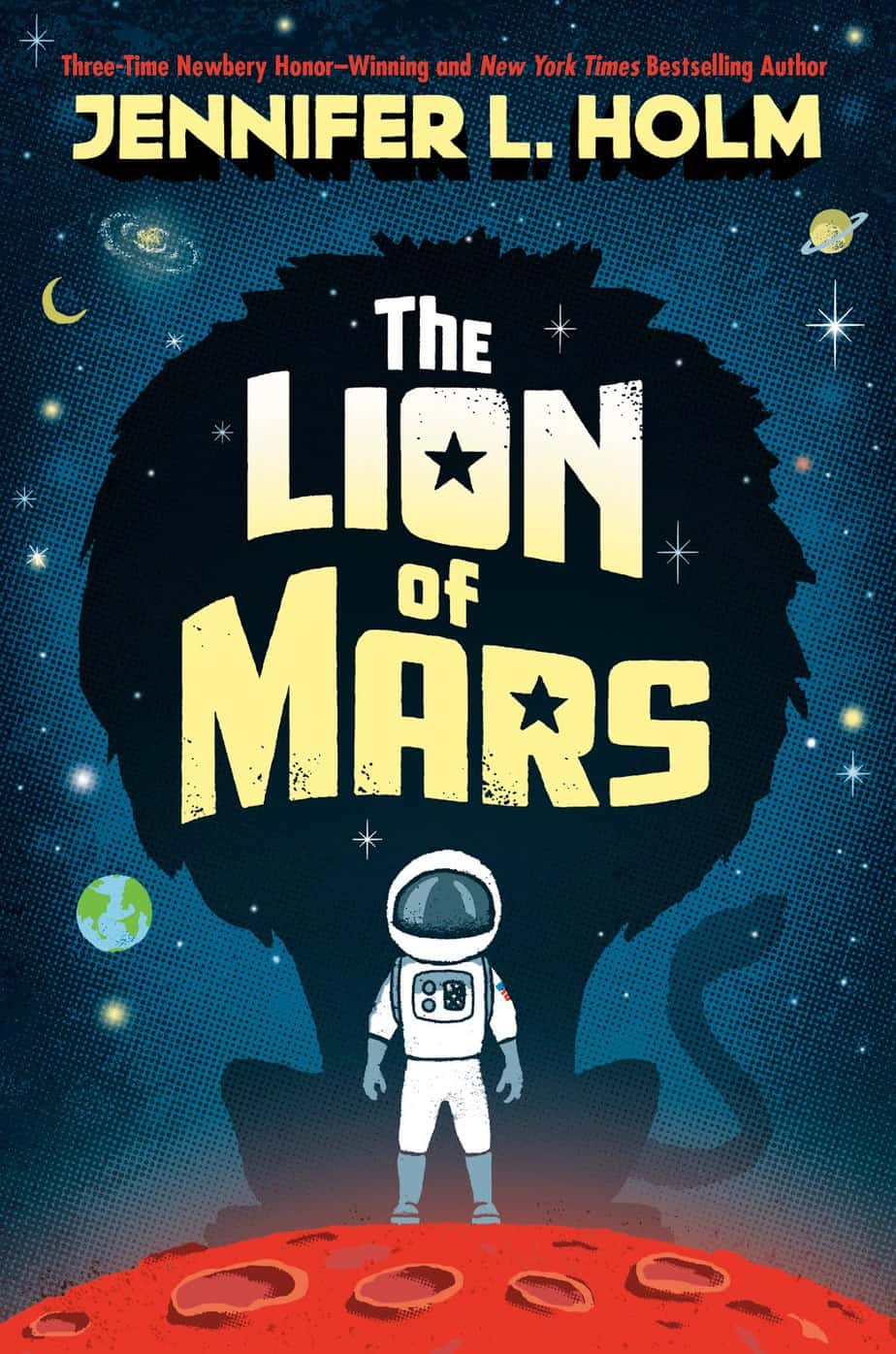
A kid raised on Mars learns that he can’t be held back by the fears of the grown-ups around him.
Bell has spent his whole life – all eleven years of it – on Mars. But he’s still just a regular kid – he loves cats, any kind of cake, and is curious about the secrets the adults in the US colony are keeping. Like, why don’t have contact with anyone on the other Mars colonies? Why are they so isolated? When a virus breaks out and the grown-ups all fall ill, Bell and the other children are the only ones who can help. It’s up to Bell – a regular kid in a very different world – to uncover the truth and save his family … and possibly unite an entire planet.
In this episode of Talk Nerdy, Cara is joined by planetary scientist Dr. Amanda Hendrix to talk about her book, “Beyond Earth: Our Path to a New Home in the Planets” (coauthored by Charles Wohlforth). They dive deep into the fascinating moons of Saturn and all of the scientific (and potentially life-supporting!) information they have to offer.
